Filter by Type
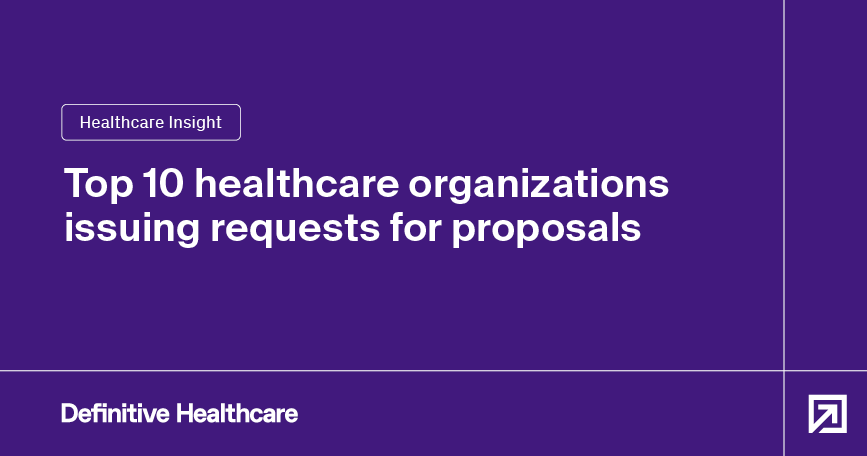
Top 10 healthcare organizations issuing requests for proposals
See the 10 leading U.S. hospitals and health systems issuing the most RFPs essential for vendors seeking medical, supply, or tech contracts.
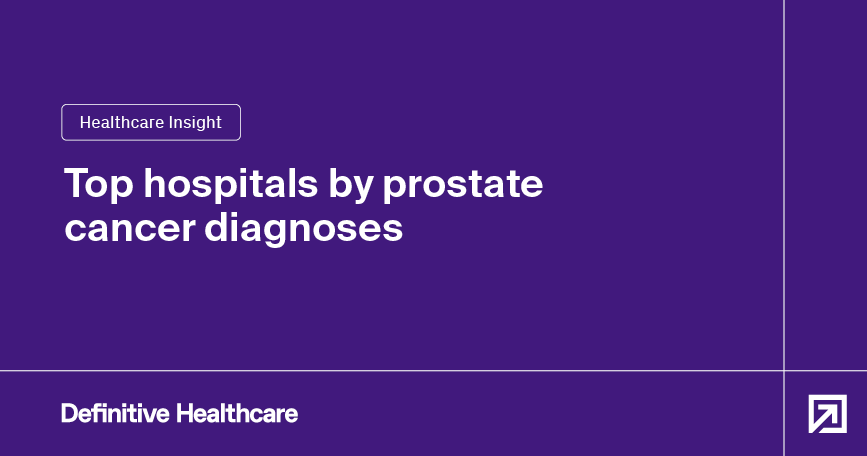
Top hospitals by prostate cancer diagnoses
Explore a list of U.S. hospitals by prostate cancer diagnosis volume. Identify which hospitals treat the most prostate cancer patients and how they compare.
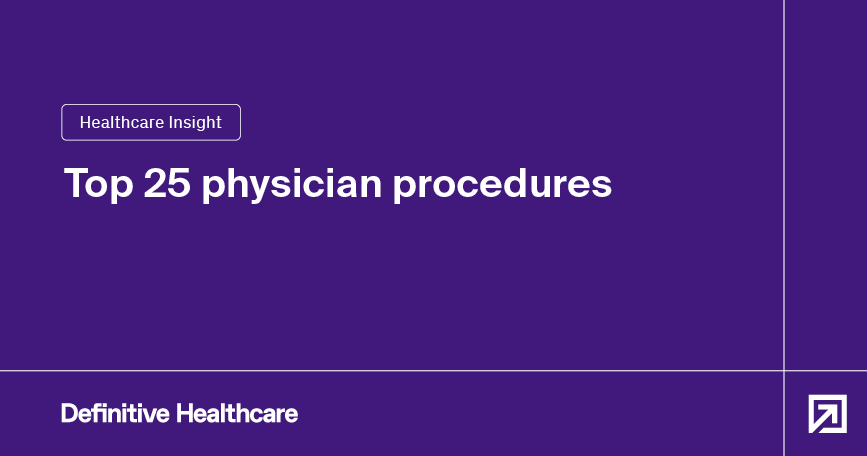
Top 25 physician procedures
Explore the top 25 physician procedures in the U.S., including CPT codes, volumes, and trends shaping outpatient care.
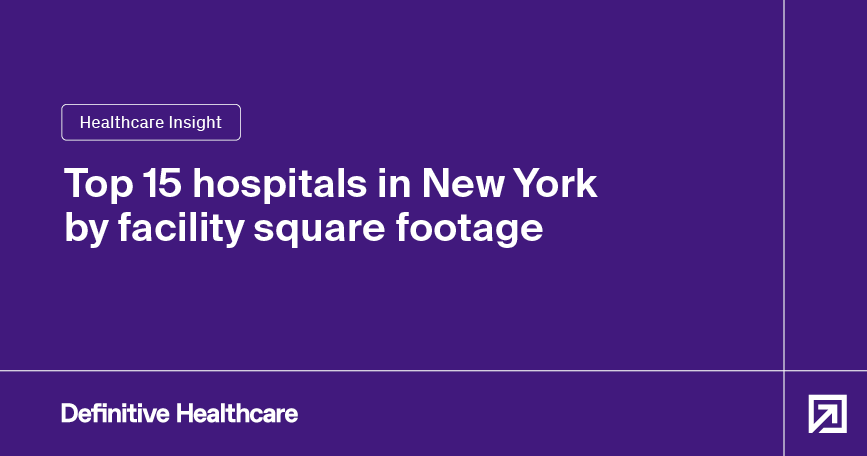
Top 15 hospitals in New York by facility square footage
Discover the largest NY hospitals based on total square footage. Learn where the largest hospitals are located in New York and how to target them effectively.
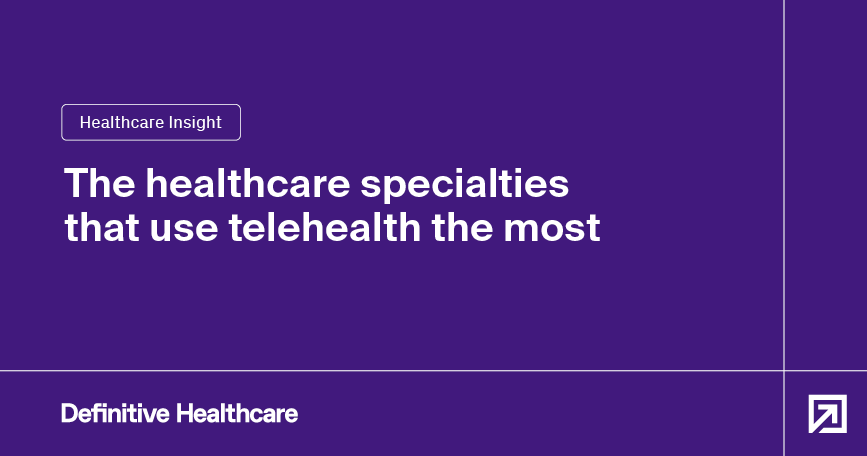
The healthcare specialties that use telehealth the most
Explore the physician specialties and provider types that use telehealth the most.
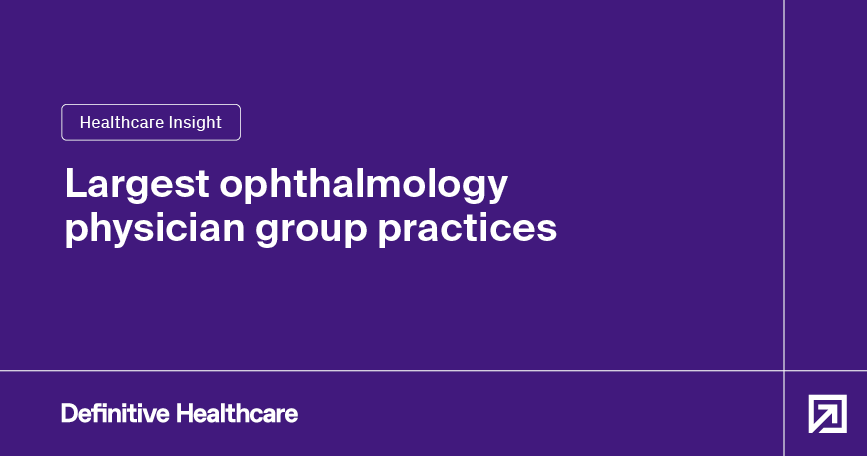
Largest ophthalmology physician group practices
Explore the largest ophthalmology physician‑group practices in the U.S., ranked by physician count and national footprint, key for vendors, payers and analysts.
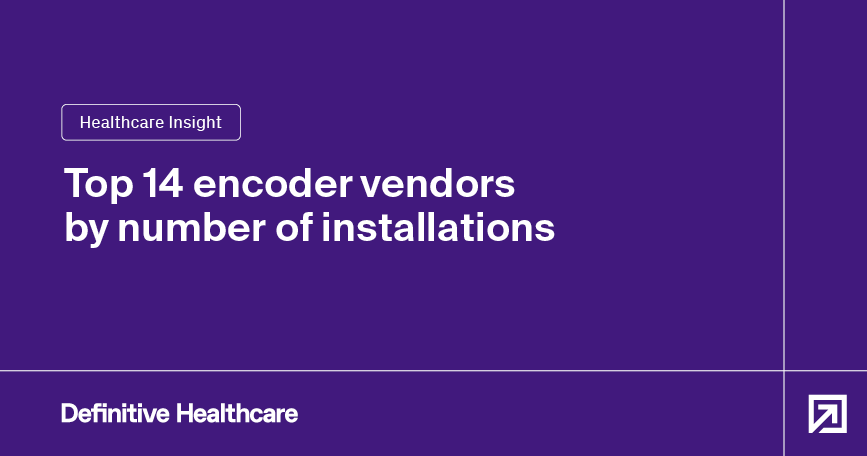
Top 14 encoder vendors by number of installations
Explore the most‑installed medical coding encoder vendors in the U.S. Review our list of medical coding software by install count and market share.
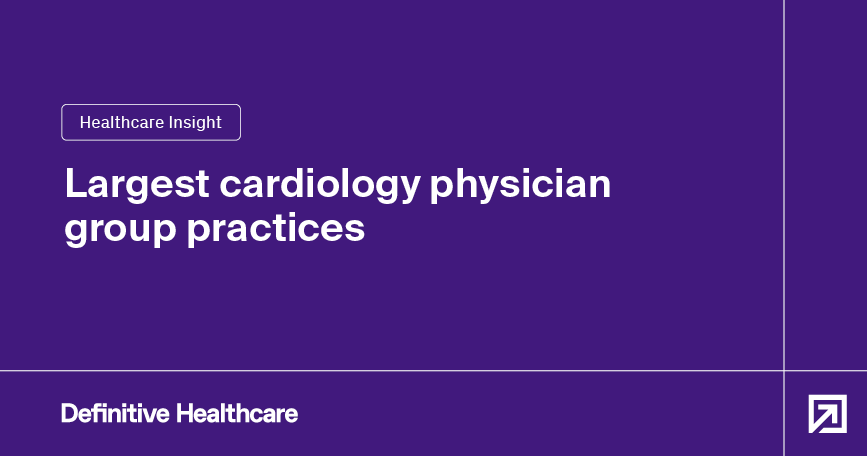
Largest cardiology physician group practices
Explore the largest cardiology physician groups in the U.S., ranked by number of physicians, a guide for vendors, partners, and healthcare analysts.